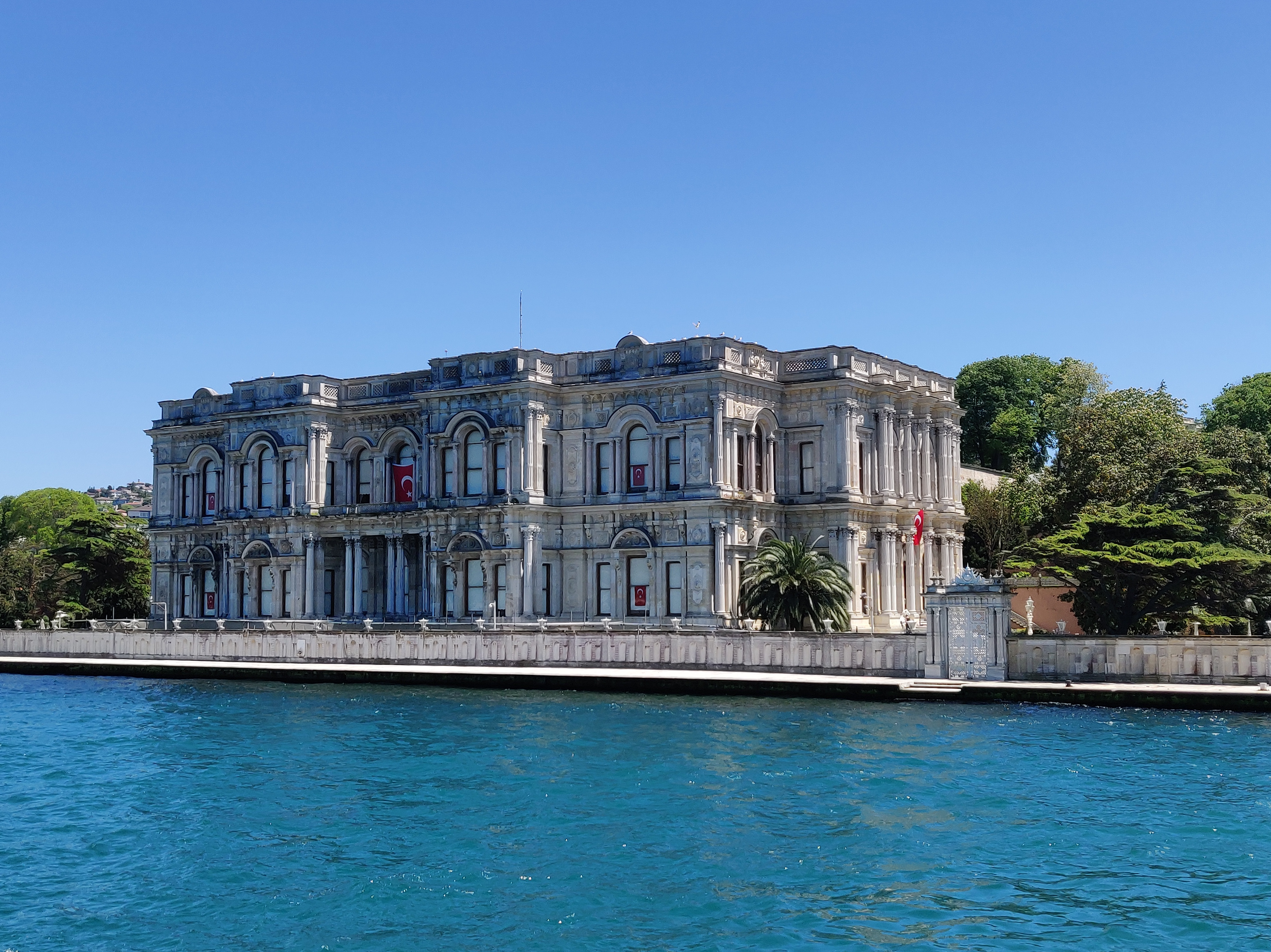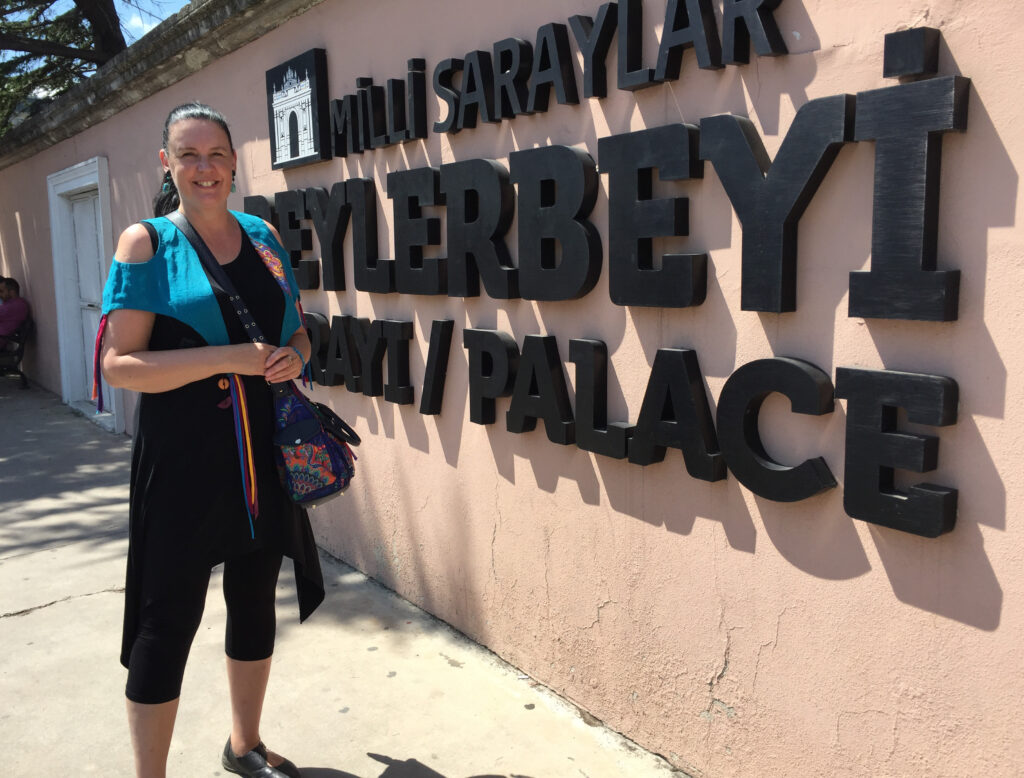
Beylerbeyi Palace (Beylerbeyi Sarayı) was built in its current form between 1863 and 1865. Beylerbeyi is a palace located on the shores of the Bosphorus, on the Asian side of Istanbul – almost underneath the first bridge. A glorious 19th-century monument that impresses with its set gardens and fascinates with its pavilions, Beylerbeyi is a unique place where history merge with the present.
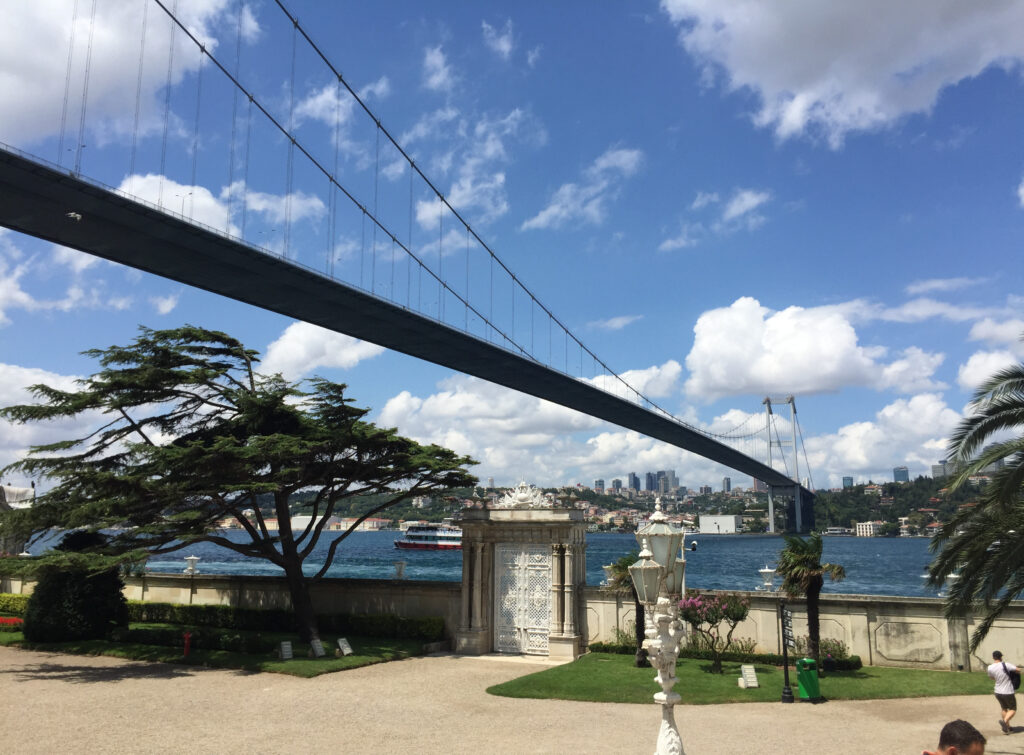
History
The summer residence of the sultans of the Ottoman Empire
Beylerbeyi Palace and its location has been home to different structures during its history. The region was known as ”the Garden of the Cross” or ”the Crosswinds Gardens” from the Byzantine era until the beginning of the 19th century.
The first wooden palatial building having been constructed under orders from Sultan Mahmud II in 1829. Following a fire (1851), by order of the sultan Abdülaziz, the palace was rebuilt. The palace acquired its present appearance, along with its additional buildings covering an area of 3000 square meters, between the years 1863 and 1865. Beylerbeyi Palace served as a summer home for sultan families.
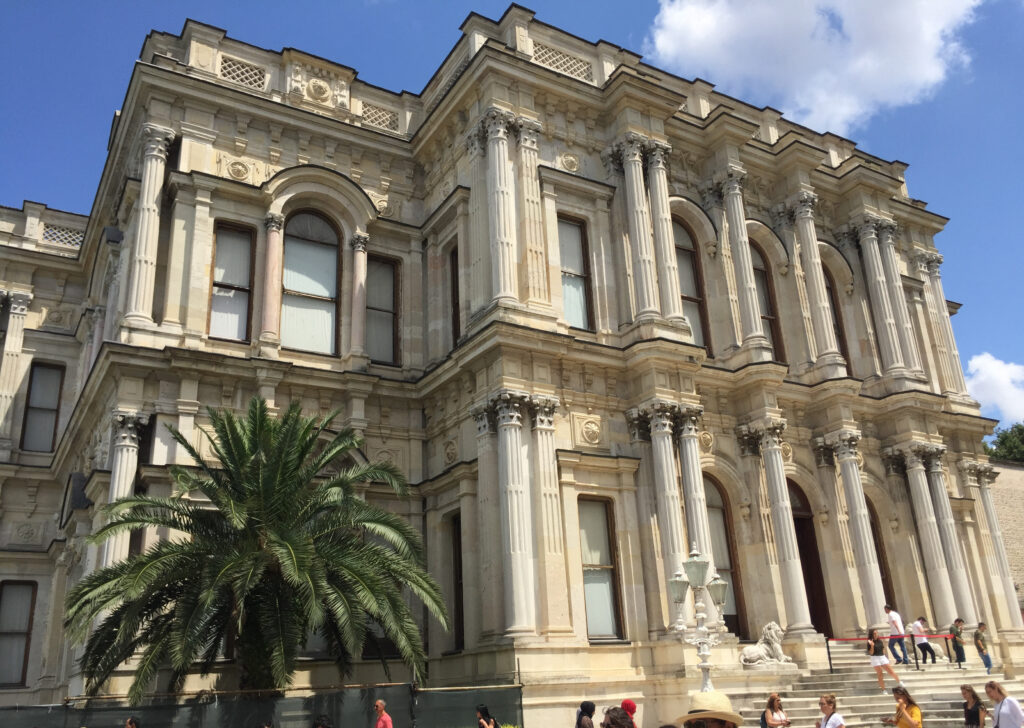
Palace consists of Harem (north section) and Mabeyn-i Hümayun (south section) apartments. It includes three entrances, six large halls, 24 rooms, 1 bath and 1 bathroom.
Today, among other things, the Mabeyn and Harem sections of the palace are open to visitors. The Sea Pavilions (the Sea Kiosks), Yellow Pavilion, Marble Pavilion and the Barn Stables are also notheworthy as well as the historical tunnel connecting Üsküdar and Beylerbeyi.
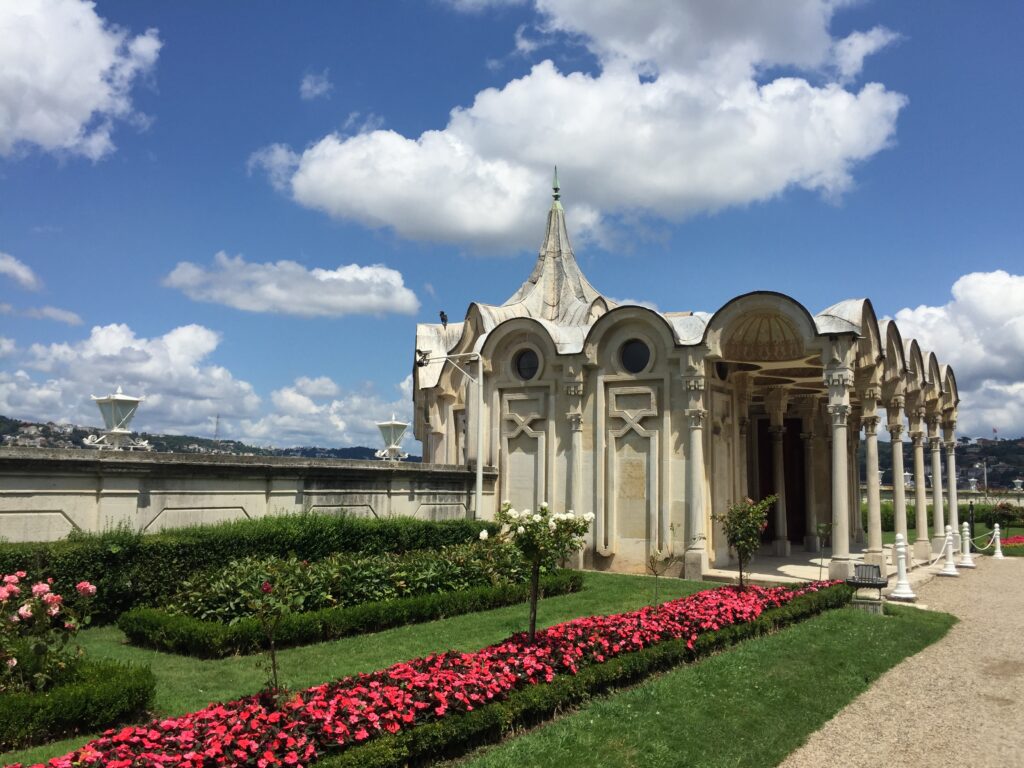
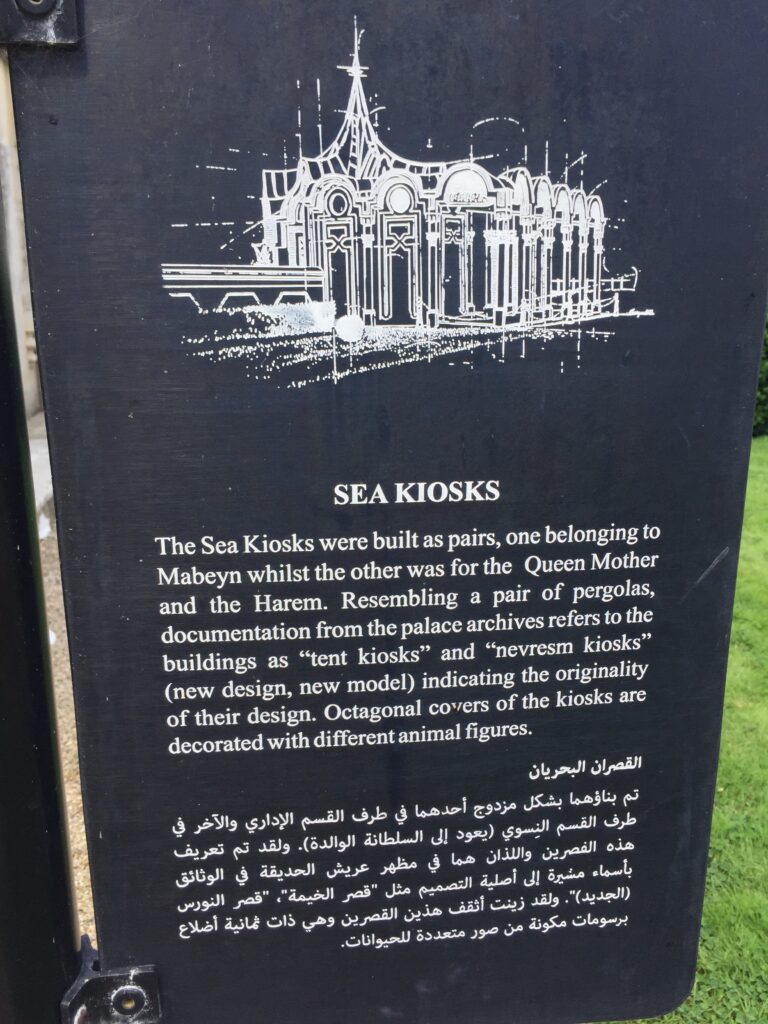
The palace of the guests
Beylerbeyi Palace has been mostly used as a summer palace since its construction. The notion that Beylerbeyi is different for example from the Ottoman Çırağan and Dolmabahçe Palaces stems from the fact that the palace is also a guest house allocated to high-level state guests. Austrian Emperor Franz Joseph, French Emperor Napoleon III’s wife, Empress Eugénie, the German Emperor Wilhelm II, and Prince Nikola of Montenegro are some of the names among these distinguished guests.
Notable incidents in a charming environment
Beylerbeyi Palace, where the sultan families spent their summer months as well as hosted foreign guests, also attracts attention with its glamorous gardens, large collection of statues and its swimming pool.
In fact, during my visit I saw two big pools. Outside in the garden there is a huge swimming pool, but inside the palace you will find a surprise. One of the most attractive rooms is the reception hall, which has a big pool and fountain. Running water was popular in Ottoman houses for its pleasant sound and cooling effect in the heat.
The gardens of Beylerbeyi Palace are one of the most magnificent palace gardens – one of the Turkish cultural assets. Beylerbeyi’s vast gardens are also rich in plant diversity, of which they have been famous throughout their history.
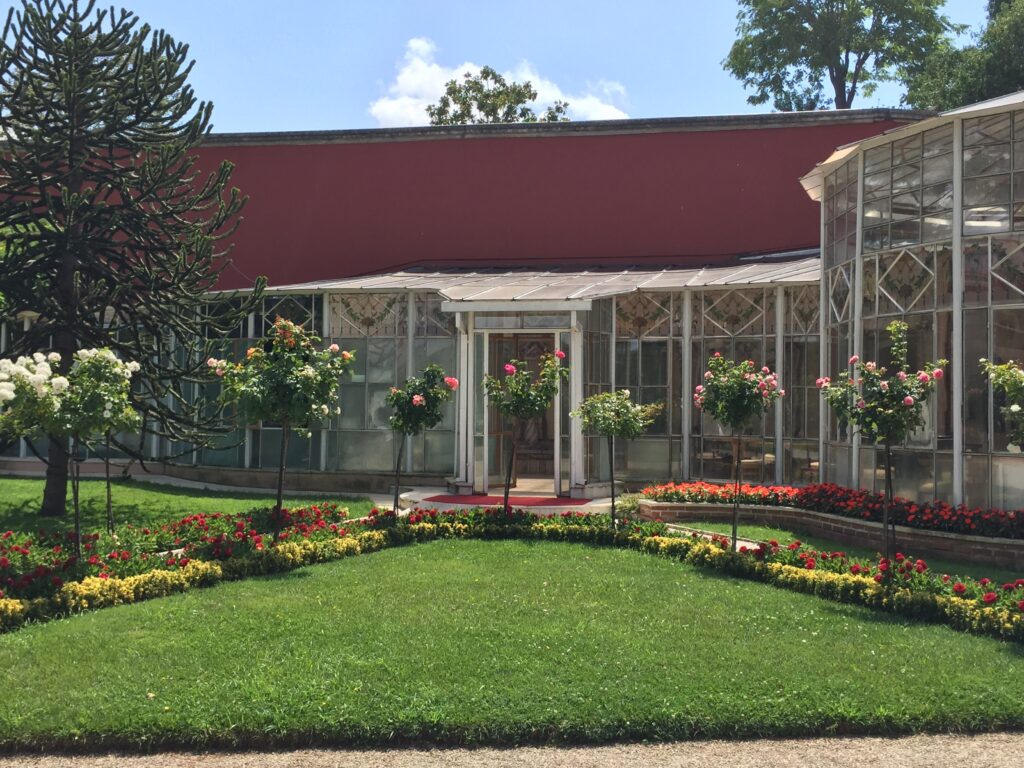
The palace has also witnessed important historical incidents in the period that expands from the Ottoman Empire to the Republic of Turkey. For example, the last sultan with absolute power, Abdülhamid II, spent the last six years of his life in this palace and also died in Beylerbeyi on February 10, 1918.
According to my grandson’s family, Sultan Abdülhamid II was particularly keen on woodwork. In Beylerbeyi Palace, you can still see the furniture he carved.
Also during the era of the Republic of Turkey, other examples indicate the continuation of the palace’s function as a venue for entertaining guests. The most important of these is that in 1934, President Mustafa Kemal Atatürk hosted the Persian Shah Pahlavi. In 1936, the Balkan Games Festival was held in this palace, with Mustafa Kemal Atatürk spending the night in room 24, the historical bedroom of the palace.
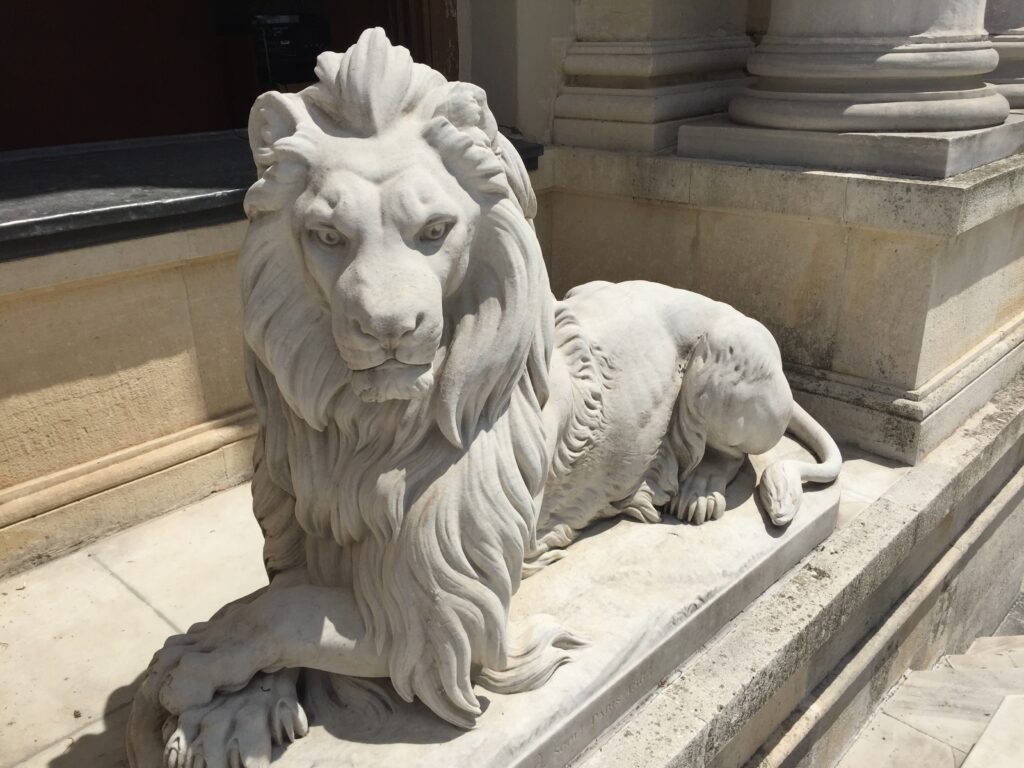
An elegant architecture
Beylerbeyi Palace blends western and eastern styles in its architecture. It shows the effects of western style on its exterior and features of the classical Ottoman palace structure inside. Beylerbeyi Palace, along with Dolmabahçe Palace, is one of the most remarkable palaces in Istanbul, notable for its ornaments. The elegant workmanship, where Neoclassical, Baroque and Renaissance art styles can be witnessed, truly draws attention to the detailed interior architecture, as well as to the impressive exterior of Beylerbeyi. The architect of the palace is Sarkis Balyan.
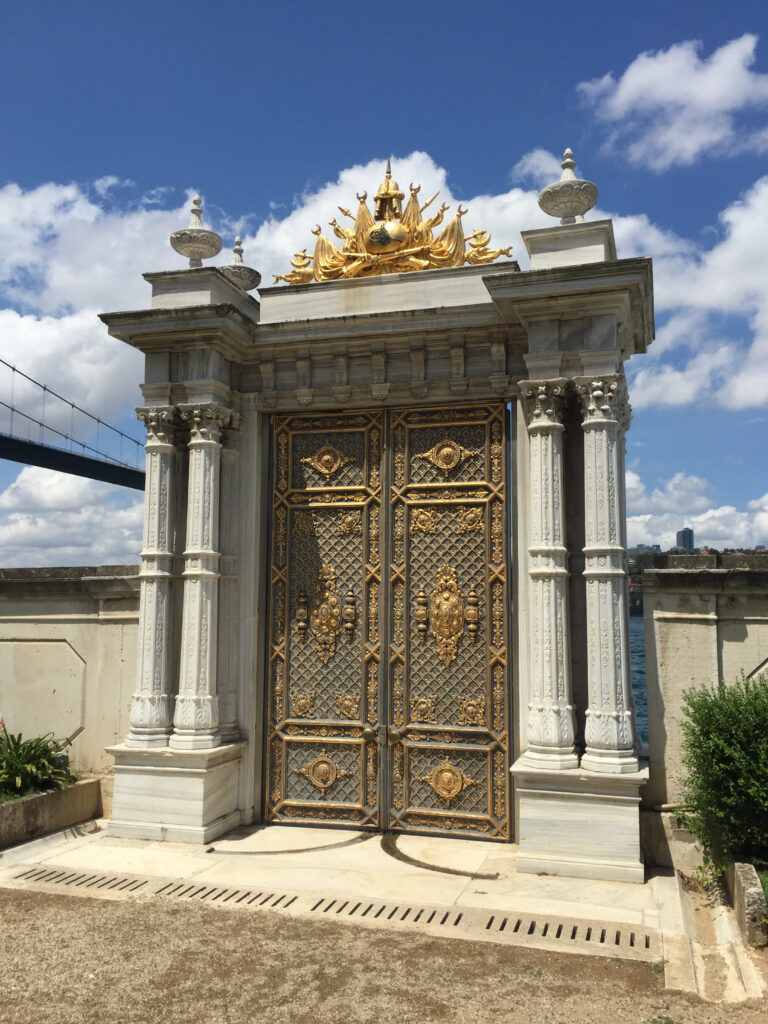
Most of the flooring of the palace is made with special carpets brought from Egypt and the palace’s rooms are decorated with Hereke rugs, Baccarat crystal chandeliers, European and Ottoman clocks and Far Eastern porcelain.
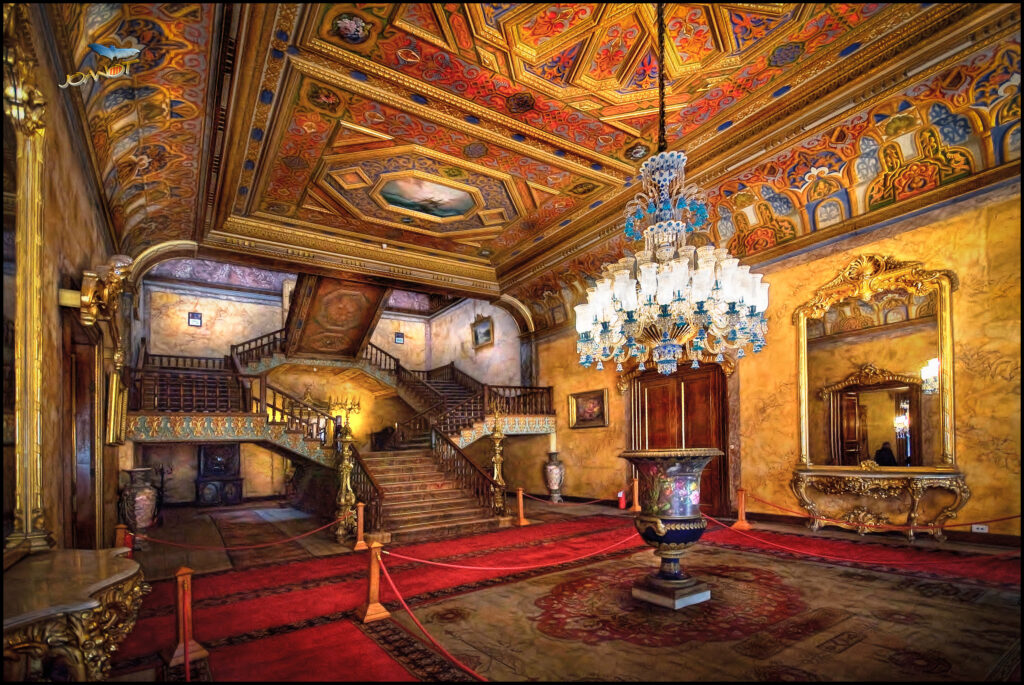
One of the most striking details of Beylerbeyi Palace’s decoration are the ceiling ornaments. Sultan Abdülaziz, who had the palace built, personally took an interest in the decoration of the palace. A monarch with a keen interest and talent in painting, Sultan Abdülaziz personally sketched examples for ornaments and brought painters from Europe.
In addition to its interesting history, the Beylerbeyi Palace with its gardens is therefore visually particularly charming and definitely worth a visit.
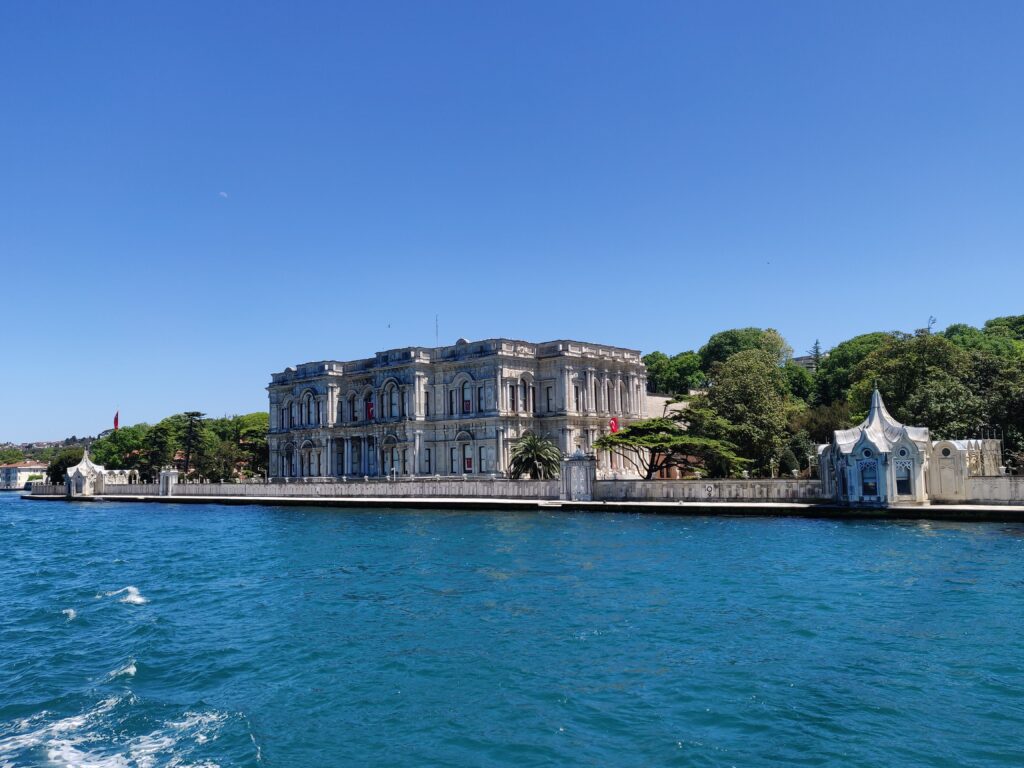
More information about the palace: https://www.millisaraylar.gov.tr/en/palaces/beylerbeyi-palace
